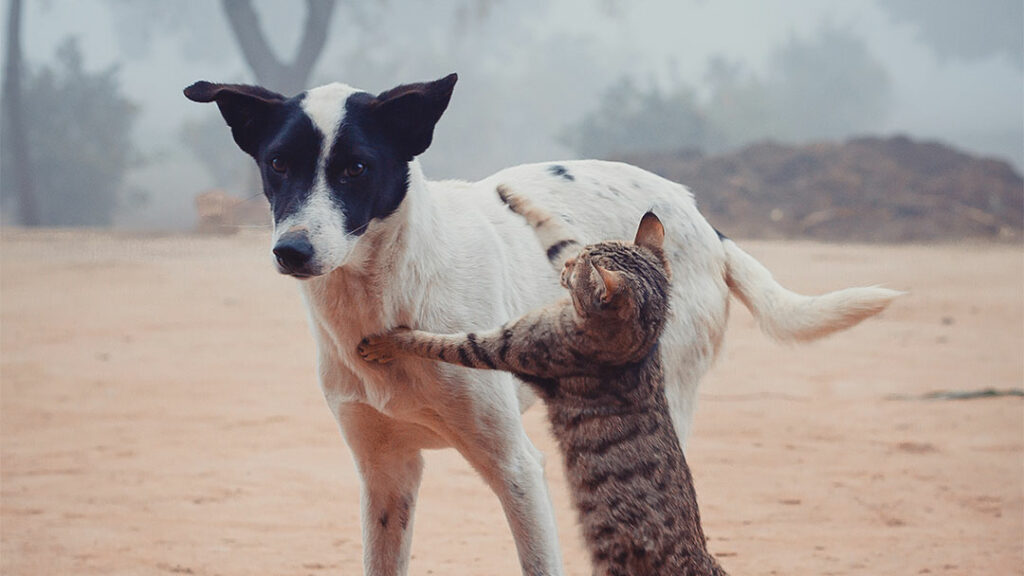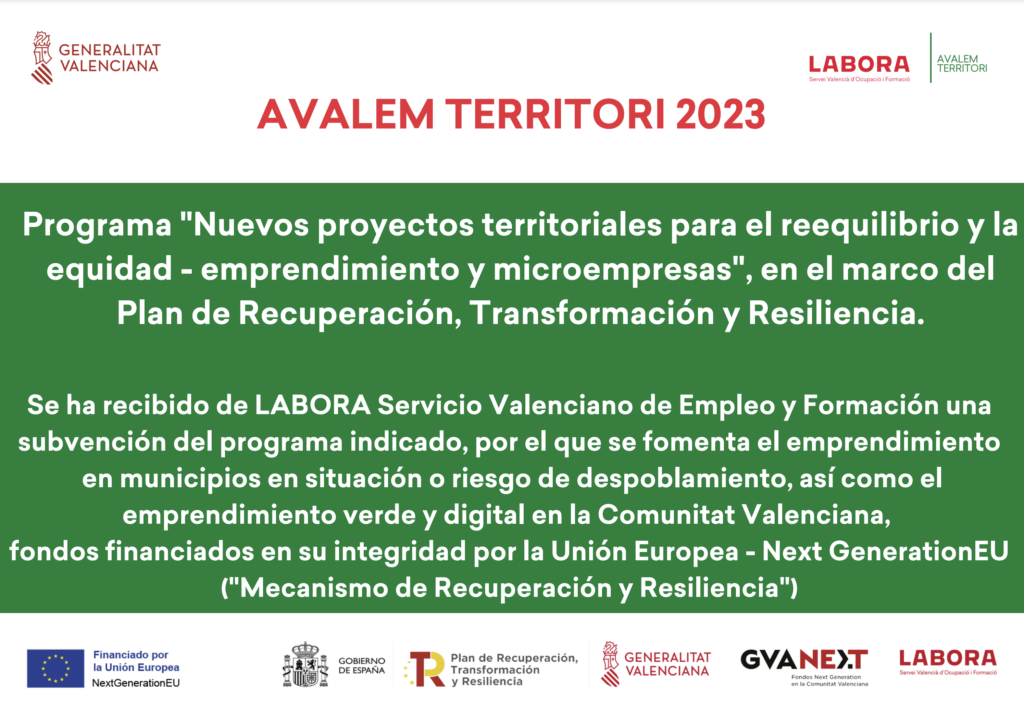Cats are naturally inquisitive animals, and many thrive on the freedom of the great outdoors. Whether your cat enjoys basking in the sunshine on the back deck or prefers to remain in the throes of the AC indoors, a shelter is a must-have. The perfect cat house for outside cats offers superior protection from the elements and predators while providing a cosy and comfortable resting place for your feline. In this post, we’re listing down the best qualities you should look for in a cat house for your outdoor feline, so you can make sure that your furry friend is safe, warm, secure and content.
1. Weatherproof and Durable Materials
One of the most essential aspects of an outdoor cat house is how well it can protect your cats from the elements. Outdoor cat houses should protect from rain, snow, wind and even direct and aggressive sunlight. Consider cat houses constructed of long-lasting, weather-resistant materials like treated wood, heavy-duty plastic, and composite materials.
Treated wood is a common choice due to its natural appearance and insulating ability, but must be sealed to protect against water damage. Plastic houses can be lightweight and are often cheaper; however, make certain that they are durable enough to withstand heavy rain and strong winds. They’ll need to be rust resistant so that you can count on them for years.
The Cat House’s life-length hold and lasts is straightforwardly related to how well it ensures your cat. A poorly constructed shelter will come apart in a storm and do little to insulate or protect your cat. Your pet needs protection and security, so purchase a top-notch cat house for your beloved pet.
2. Insulation for Year-Round Comfort
Outdoor temperatures fluctuate widely, and you need insulation to keep your cat warm in the winter and cool in the summer. A cattery that’s properly insulated will be one with thick walls, a well-insulated floor and roof and an interior designed to lose as little heat as absolutely possible during the winter and to be cool with excellent ventilation during the summer.
Insulated dog houses are usually made out of foam or with thermal panels to prevent temperature fluctuations in their interiors. Someres are self-heating or heating pads made with pet safety in mind, which is particularly useful in colder climates.
When browsing for a cat house on wheels, be on the lookout for models that feature insulated walls or double-wall construction. These characteristics allow you to regulate your cat’s temperature and keep him comfortable year round.
3. Waterproof Design and Raised Base
A cat needs a dry environment to stay healthy and comfortable. A cat house that doesn’t keep the water out will start to become cold, wet, and welcoming. Which is why waterproof design is a must-have. Choose cat houses with sealed seams, sloped roofs that shed water and doorways that have overhangs or flaps to block rain and snow.
Furthermore, a raised base or higher base keeps water from running in from the ground, resists flooding during wet weather, and minimises the presence of water on the floor. Elevated cat houses also act as a prevention against bugs and pests crawling into and around your home. It has a solid elevated base, which elevates the cat house off the ground to prevent decay due to moisture of the earth or corrosion by rain.
4. Size and Interior Space
The size of the cat houses also of importance. It ought to be roomy enough for your cat to be able to move about, turn and stretch, but not too large for heat to be lost to the environment. Cosy internal space comfortably surrounds your cat and provides warmth.
If you have more than one outdoor cat that you’re caring for, look for a cat house with multiple compartments or a multi-cat design. But remember, too much space creates drafts in the shelter, so it’s a balance.
5. Entrance Design and Safety
The entrance to a cat house can have a big impact on the security and comfort of your cat. A snug, well-placed entrance prevents the elements from blowing, raining or snowing into the shelter. Preferably, the entrance should not be opposite to the wind direction, and a door flap or awning gives extra protection.
Some pet houses have two doors, which is great for safety. A second exit provides an escape route for your cat in case a predator, like a dog or raccoon, comes close to the house. This design makes it less likely for your cat to get stuck and makes them feel more comfortable using a shelter.
6. Ventilation for Fresh Air
Insulation is important in cold weather, but overall ventilation is what keeps your cat house from getting stuffy or too humid, especially in the hotter months. There are vents or small windows inside the house towards the top to promote air circulation without drafts.
Look for designs that manage to give you both airflow and weather protection. Good airflow will keep the air inside the shelter fresh and prevent condensation and the potential for mould or mildew.
7. Ease of Cleaning
A dirty cat house might become a source of spreading diseases. Dirt and fur, as well as moisture, can accumulate inside the home–a potentially unsanitary area over time. As such, the features that make cleaning a cat house easy are paramount.
Opt for models that feature removable roofs, hinged panels or doors you can look into and scrub everything down. The ability to easily remove or replace bedding is also a bonus, allowing you to keep the space cosy and clean for your cat.
8. Comfortable Bedding Options
The bedding is not included but is something you should consider for the comfort of your cat. Some cat houses have interior padding built right in, but in others you can add bedding of your choice. Cushions, fleece liner, or thermal pad that is either waterproof or washable can go a long way in helping your cat to keep warm and happy.
If your cat house doesn’t already come with bedding, make sure to add these safe, non-toxic, outdoor-appropriate materials. Stay away from anything prone to soaking through – wet bedding will make it easy to get sick.
9. Style and Aesthetics
Although functionality is foremost, appearance also counts for your outdoor cat house, particularly if you have it in a location where it’s visible, such as your backyard and porch. Cat house. While many companies make cat houses in different designs, from wooden to modern, you may prefer to purchase one. Pick a look which will match the design of your outdoor area and pay attention to the bare functions, stability, and convenience, because that’s the main idea here.
10. Additional Features: Heating and Multi-Level Designs
For colder weather, look for cat houses with heating features, which can include safe, low-voltage heating pads and self-warming mats.
Multi-level cat trees generally will have a place for your cat to sit and look either in their home or out the window (if your tree is near a window), which is something many cats can’t get enough of. High perches, platforms, or miniature balconies help cats feel in charge of their world as they keep safe.
Conclusion
The proper cat house will protect your outside cat and keep it happy. By considering factors such as outdoor weatherproofing, insulation, ventilation, and a secure entrance, you can ensure your cat will always have a snug spot to curl up in, regardless of the season. A high-quality cat house not only keeps your pet safe from extreme weather conditions and unwanted predators, but it also provides them with a place where they feel part of the outdoor world.



